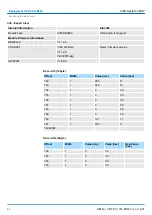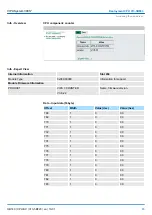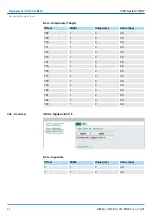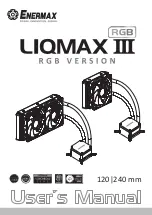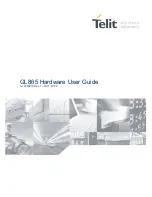
5.16 Extended know-how protection
Please note that this functionality is not supported by the Siemens TIA
Portal!
Besides the "standard" Know-how protection the SPEED7 CPUs from VIPA provide an
"extended" know-how protection that serves a secure block protection for accesses of 3.
persons.
n
Standard protection
–
The standard protection from Siemens transfers also protected blocks to the PG
but their content is not displayed.
–
But with according manipulation the know-how protection is not guaranteed.
n
Extended protection
–
The "extended" know-how protection developed by VIPA offers the opportunity to
store blocks permanently in the CPU.
–
With the "extended" protection you transfer the protected blocks to a memory card
into a WLD-file named protect.wld.
–
By plugging the memory card and then an overall reset the blocks in the pro-
tect.wld are permanently stored in the CPU.
–
You may protect OBs, FBs and FCs.
–
When back-reading the protected blocks into the PG, exclusively the block header
are loaded. The block code that is to be protected remains in the CPU and cannot
be read.
1.
Create a new wld file in your project engineering tool with
‘File
è
Memory Card file
è
New’
.
2.
Rename the wld file to "protect.wld".
3.
Transfer the according blocks into the file by dragging them with the mouse from
the project to the file window of protect.wld.
4.
Transfer the file protect.wld to a memory card.
5.
Plug the memory card into the CPU and execute an
overall reset
ð
The overall reset stores the blocks in protect.wld permanently in the CPU pro-
tected from accesses of 3. persons.
Protected blocks are overwritten by a new protect.wld. Using a PG 3. persons may
access protected blocks but only the block header is transferred to the PG. The block
code that is to be protected remains in the CPU and cannot be read.
Protected blocks in the RAM of the CPU may be substituted at any time by blocks with
the same name. This change remains up to next overall reset. Protected blocks may per-
manently be overwritten only if these are deleted at the protect.wld before. By transferring
an empty protect.wld from the memory card with an overall reset, you may delete all pro-
tected blocks in the CPU.
Due to the fact that reading of a "protected" block from the CPU monitors no symbol
labels it is convenient to provide the "block covers" for the end user. For this, create a
project of all protected blocks. Delete all networks in the blocks so that these only contain
the variable definitions in the according symbolism.
Overview
Protect blocks with pro-
tect.wld
Protection behaviour
Change respectively
delete protected blocks
Usage of protected blocks
VIPA System 300S
+
Deployment CPU 313-5BF23
Extended know-how protection
HB140 | CPU-SC | 313-5BF23 | en | 19-01
78

